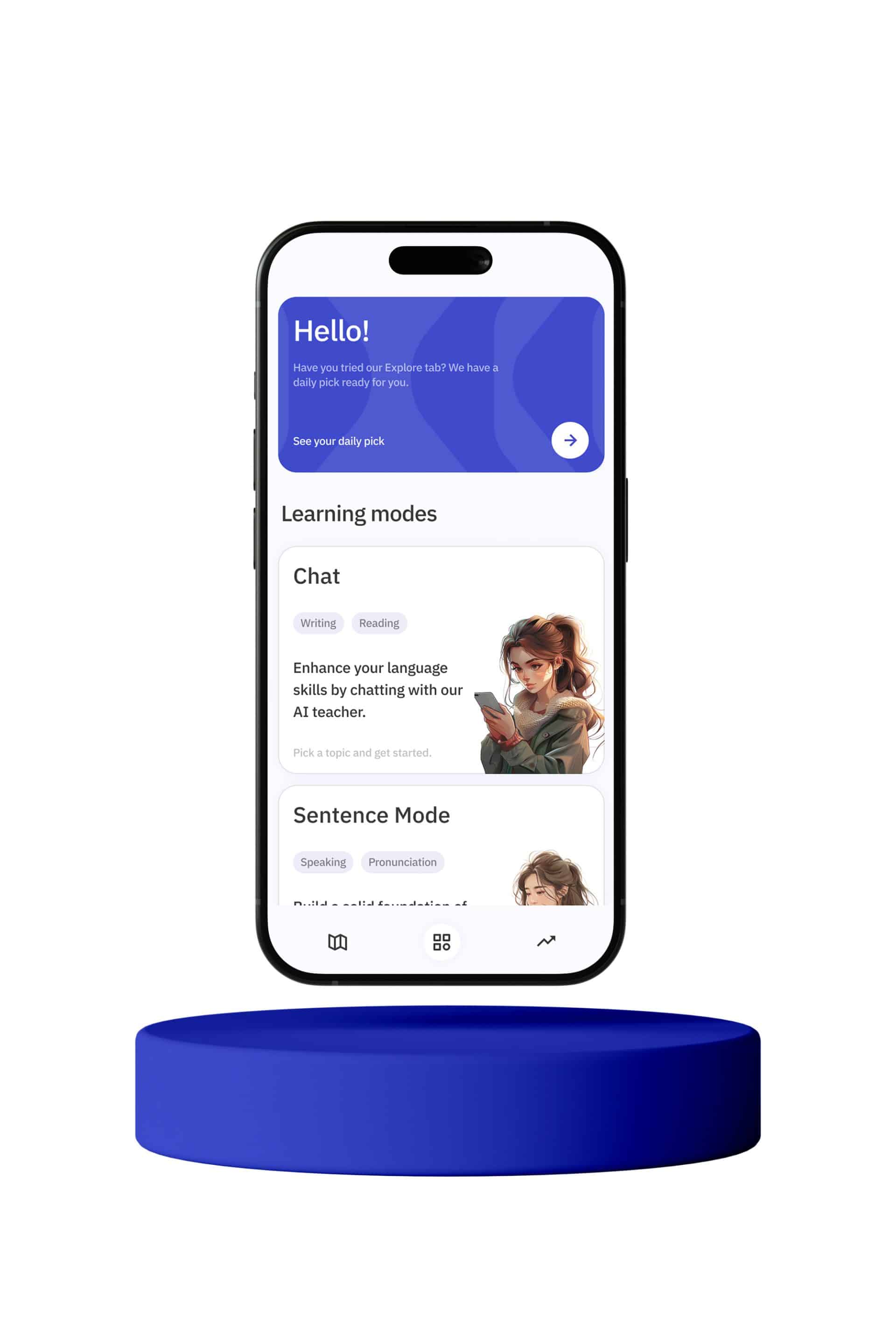Learning a new language often involves understanding subtle differences between words that may seem similar at first glance. In Portuguese, two such words are pegar and tomar. Both can be translated to mean “catch” or “take” in English, but their uses in sentences can differ significantly. In this article, we will delve into the nuances between pegar and tomar, providing you with a clearer understanding of when to use each one.
Pegar is often translated as “to catch” or “to grab”. It is used in various contexts where you physically catch or take hold of something. For example:
– Pegar um ônibus (to catch a bus)
– Pegar um objeto (to grab an object)
– Pegar uma bola (to catch a ball)
In these cases, pegar implies a physical action of taking hold of something. It can also be used in a figurative sense, such as:
– Pegar uma doença (to catch a disease)
– Pegar um ladrão (to catch a thief)
Here, although the action is not necessarily physical, it still involves the idea of capturing or seizing something.
On the other hand, tomar is more commonly translated as “to take” and is used in a broader range of contexts. It can refer to taking something to consume it, such as:
– Tomar um remédio (to take medicine)
– Tomar um café (to have a coffee)
In these examples, tomar is used to describe the act of consuming something. It can also mean to take in the sense of occupying or using something:
– Tomar um assento (to take a seat)
– Tomar um banho (to take a bath)
Additionally, tomar can be used in more abstract ways, such as:
– Tomar uma decisão (to make a decision)
– Tomar nota (to take note)
These examples show that tomar is versatile and can be used in various contexts where the idea of taking, consuming, or using something is involved.
One way to better understand the difference is to think about the physicality and intention behind the action. Pegar often involves a more immediate, physical action of grabbing or catching something, whereas tomar can be more about taking possession, consuming, or using something in a broader sense.
Consider these two sentences:
– Eu vou pegar o livro na estante. (I will grab the book from the shelf.)
– Eu vou tomar este livro emprestado. (I will borrow this book.)
In the first sentence, pegar is used because it involves the physical action of grabbing the book. In the second sentence, tomar is used because it involves the act of taking possession of the book for a period.
Another example:
– Ele vai pegar o trem das 7. (He will catch the 7 o’clock train.)
– Ele vai tomar o trem para ir ao trabalho. (He will take the train to go to work.)
In the first sentence, pegar is used to describe the act of catching the train at a specific time, emphasizing the action of getting on the train. In the second sentence, tomar is used to describe the general act of using the train for transportation.
It’s also worth noting that regional variations can affect how these words are used. In some parts of Brazil, for example, people might use pegar and tomar somewhat interchangeably in casual speech. However, understanding the primary distinctions can help you use these words more accurately and effectively.
To further illustrate the differences, let’s look at some more examples:
– Pegar no sono (to fall asleep) – Here, pegar is used to describe the act of falling into sleep, almost as if sleep is something you catch.
– Tomar um susto (to get a fright) – In this case, tomar is used to describe the experience of being startled.
– Pegar um peixe (to catch a fish) – This clearly involves the physical action of catching.
– Tomar uma atitude (to take action) – This involves making a decision or taking steps toward something.
Another useful tip is to pay attention to collocations, or how words commonly pair together. For example, “tomar banho” (to take a bath) and “pegar um resfriado” (to catch a cold) are fixed expressions that can help you remember which verb to use in specific contexts.
Language learning is all about noticing these patterns and practicing them in various contexts. To reinforce your understanding, try creating your own sentences using pegar and tomar. For example:
– Eu preciso pegar o meu casaco antes de sair. (I need to grab my coat before leaving.)
– Vamos tomar um sorvete depois do jantar. (Let’s have an ice cream after dinner.)
By actively using these verbs in different contexts, you will become more comfortable with their meanings and applications.
In conclusion, while pegar and tomar can both be translated as “catch” or “take” in English, they have distinct uses in Portuguese. Pegar often involves a physical action of grabbing or catching, whereas tomar is more versatile, covering a range of actions from consuming to taking possession. By understanding these nuances and practicing their use in sentences, you can enhance your fluency and accuracy in Portuguese. Happy learning!








